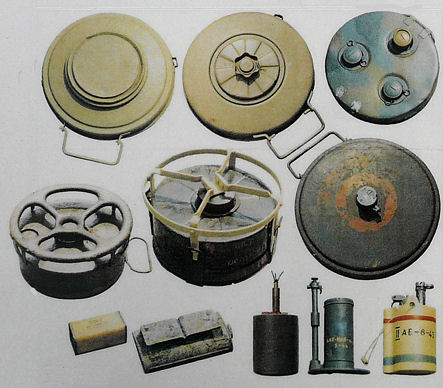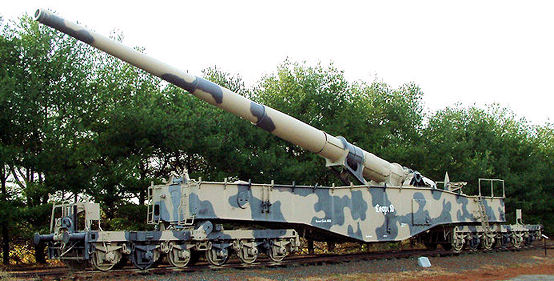THE OPERATIONS OF THE 22ND INFANTRY REGIMENT
(4TH INFANTRY DIVISION) IN THE HURTGEN FOREST,
GERMANY, 16 NOVEMBER - 3 DECEMBER 1944
(RHINELAND CAMPAIGN)
(4TH INFANTRY DIVISION) IN THE HURTGEN FOREST,
GERMANY, 16 NOVEMBER - 3 DECEMBER 1944
(RHINELAND CAMPAIGN)
By Major Frederick T. Kent

GENERAL COMMENTS ON THE OPERATION
The belt of wooded, hilly terrain which included the Hurtgen Forest was considered by the German High Command to be so vital to the defense of the approaches to the Roer River and its dams, DÜREN, and COLOGNE, that four divisions and numerous other miscellaneous units were sacrificed in a vain attempt to stop the drive of one American division. Prisoners taken by the 22nd Infantry totaled 775 during the 17-day operation, and were found to represent 25 different German units ranging from separate companies to regiments. 8
Some of the obstacles which slowed the attack were:
- Bad weather. Heavy precipitation, either rain or snow, caused extreme discomfort and reduced roads and trails to pools of mud which frequently became impassable to both wheeled and track-laying vehicles. Low visibility also greatly reduced the effectiveness of air support. 8
- Mines and booby traps. The enemy impeded our movement by his extensive use of mines and booby traps not only in roads and trails, but also within the heavily wooded areas through which the attacking units moved. Mines were laid in layers over each other so that clearing one layer was no assurance that the area was safe. Continued use of the road or trail soon cut deep enough into the mud to activate the next layer of mines. In one instance a supply truck was blown up by the third layer of mines after two layers had been removed. Anti-lifting devices were attached to most mines, necessitating their destruction in place and refilling the craters. 8

- Dense woods. In many areas the woods were so dense that maintenance of direction and control was almost impossible because of the extremely limited visibility. In addition, the tree tops detonated thousands of artillery and mortar shells and caused the same casualty effect as air bursts. Most of the casualties resulted from this type of fire. 8
- Intense high explosive fire. The regiment was subjected to almost continuous artillery and mortar fire of all calibers up to and including at least one large caliber railroad gun. It was found later that a total of 55 battalions of enemy artillery opposed the four divisions on the VII Corps front. The number of mortar batteries which fired on the 22nd Infantry was not ascertained, but the fires were the heaviest ever experienced by the regiment. 8

German 'Leopard' Railway Gun
Picture courtesy of Thaimoss
- Difficult resupply and evacuation. The woefully inadequate road net, steep slopes, unbridged icy mountain streams, dense woods, and deep mud all combined to make resupply and evacuation problems the most difficult ever encountered by the regiment. Long hand-carries were required practically all the time, and personnel were taken from headquarters, service, and reserve units to form additional carrying parties to move ammunition and rations forward and to evacuate dead and wounded to the rear. These carrying parties frequently were subjected to fire by enemy which had infiltrated to rear areas or had been by-passed by the advancing assault troops. 8
- Uncertain communications. Despite the continuous efforts of communications personnel, communications lines were frequently broken by artillery and mortar fire. Telephone Instruments, wire lines, and radios were destroyed faster than they could be replaced. Control was thereby reduced and tho coordination of attacking units was frequently delayed considerably. 8
- Inadequately trained replacements. The regiment received a total of 1951 enlisted and 45 officer replacements during the operation. Practically all of these replacements had had no battle experience, and it was almost criminal to send them to the front lines so unprepared for the conditions awaiting them. Many of these replacements became casualties before they ever reached their units because of enemy shelling of our few routes of communication. 8
- Ammunition allocation. Although the regiment had accumulated a stock pile of several thousand rounds of mortar ammunition, the limitations imposed on the expenditure of mortar and artillery shell often prevented the desired support from these weapons. 8

